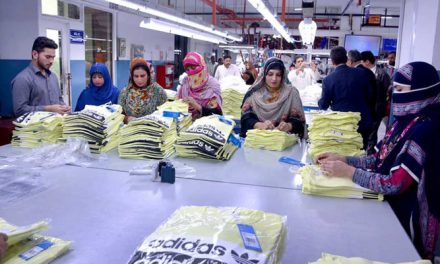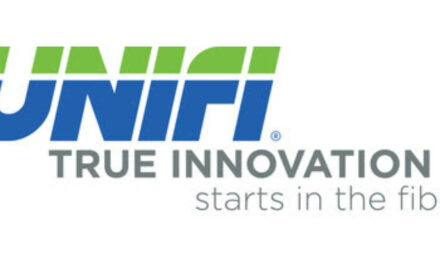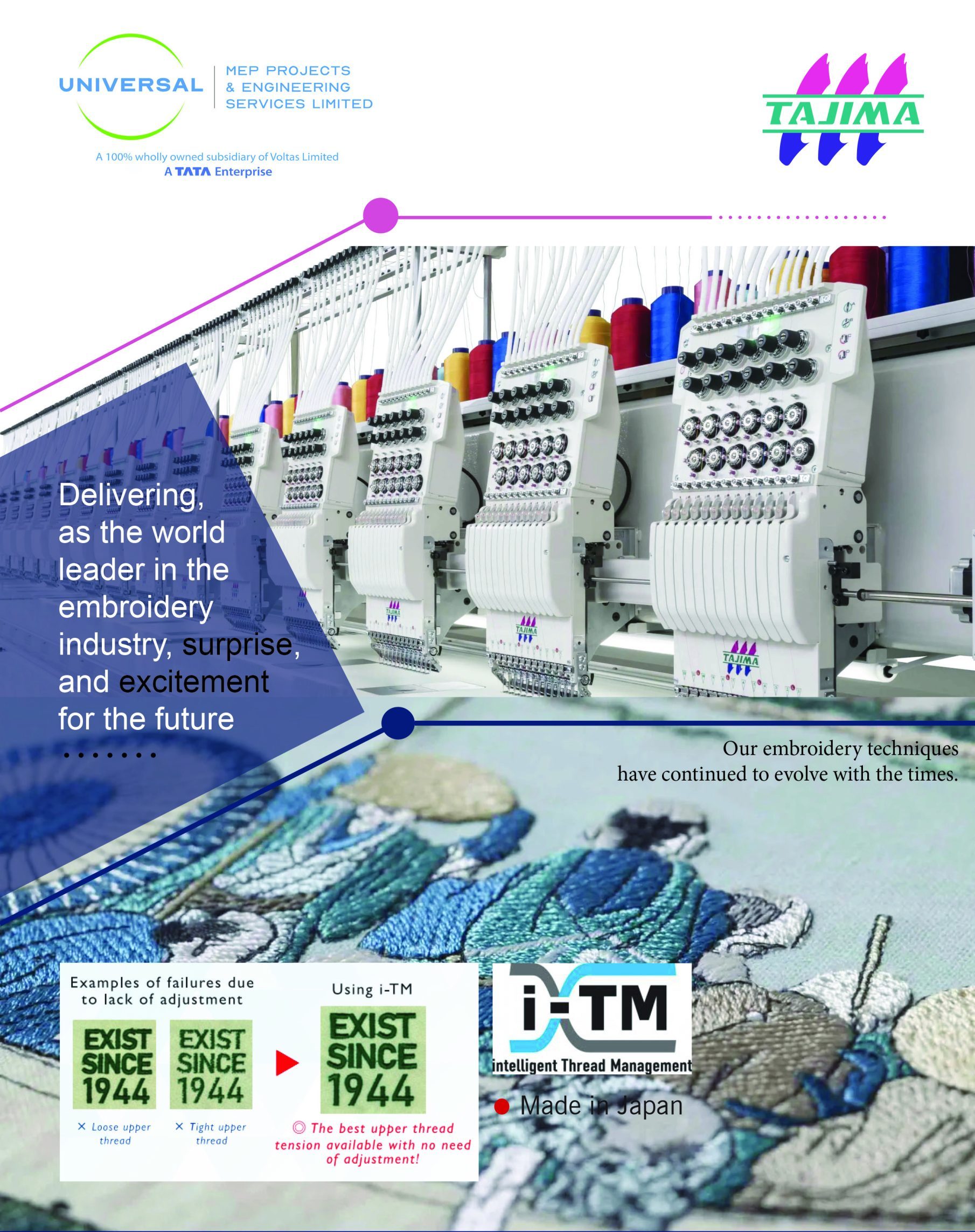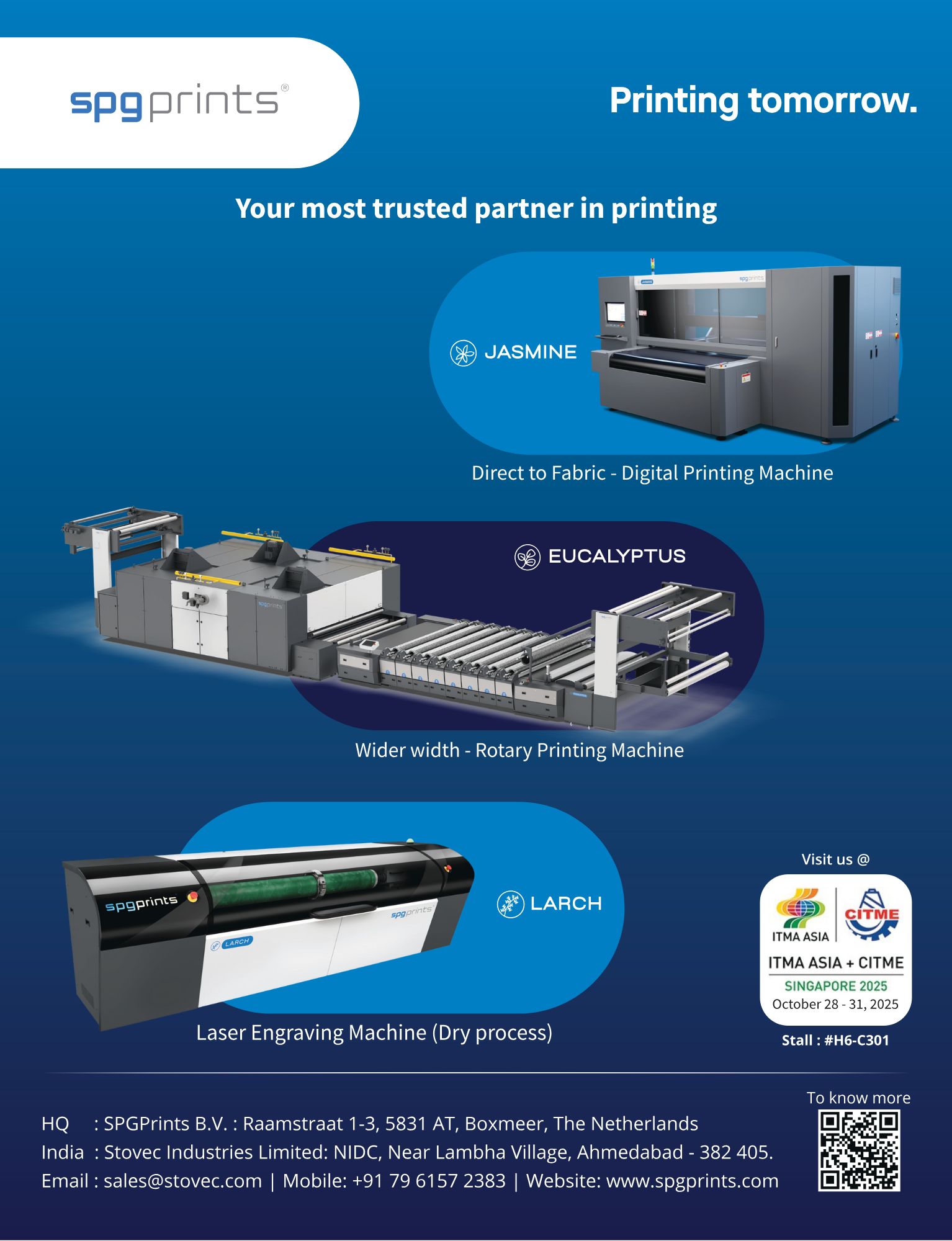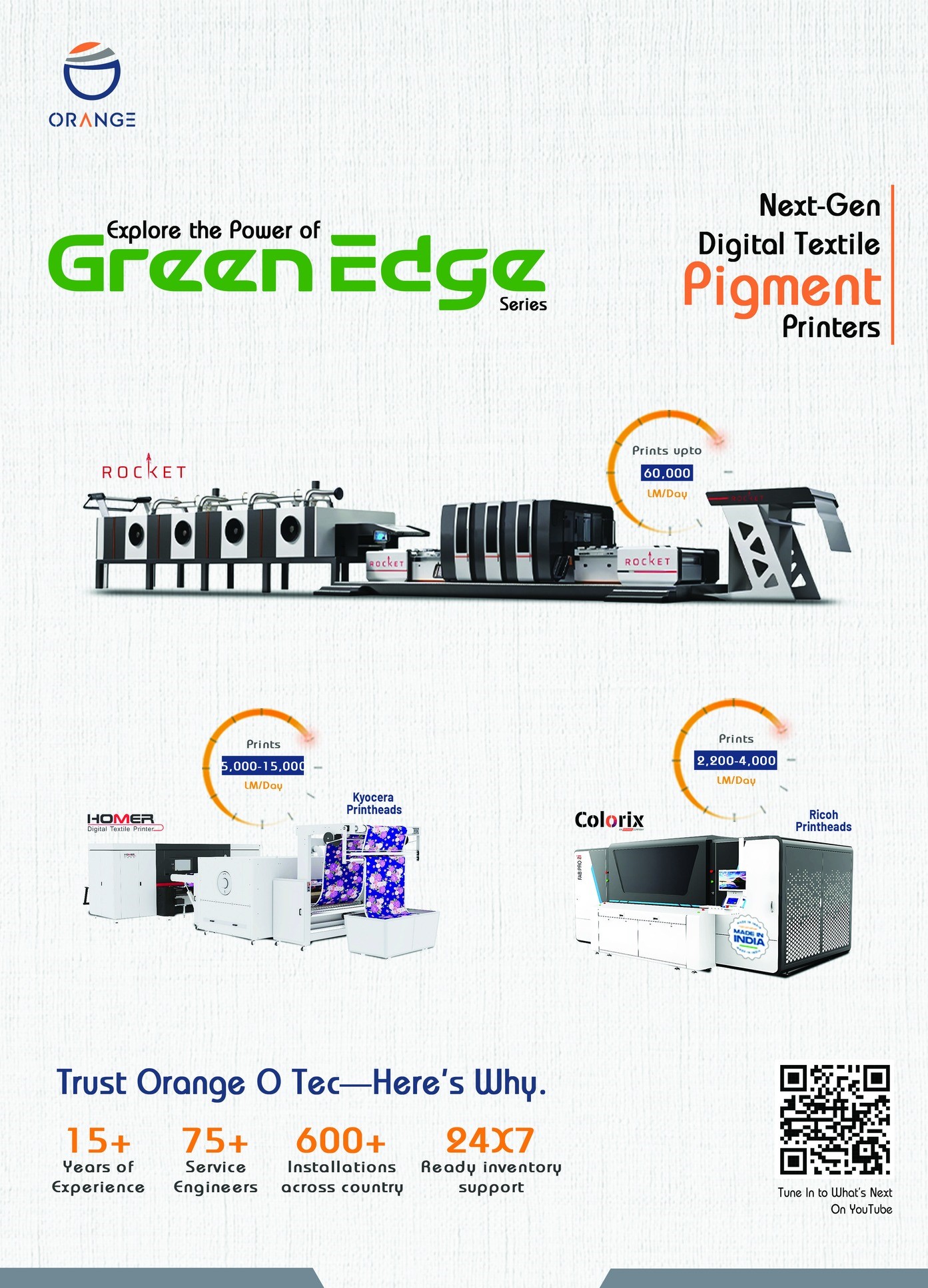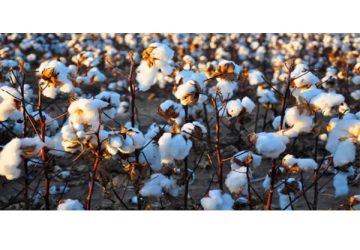 Polymer-based—or plastic—synthetic materials have a hold on the fashion industry, currently making up about two-thirds of all fibers used in textiles with no signs of slowing down. At the same time, the fashion industry is increasingly using recycled polymers in textile production. As a prime example of this growth, over 100 brands have taken on Textile Exchange’s Recycled Polyester Challenge, agreeing to source at least 45 percent of their polyester from recycled sources by 2025.
Polymer-based—or plastic—synthetic materials have a hold on the fashion industry, currently making up about two-thirds of all fibers used in textiles with no signs of slowing down. At the same time, the fashion industry is increasingly using recycled polymers in textile production. As a prime example of this growth, over 100 brands have taken on Textile Exchange’s Recycled Polyester Challenge, agreeing to source at least 45 percent of their polyester from recycled sources by 2025.
The rising market demand for recycled fibers—including their pricing premium—has created an incentive for fraud, noted executives from Eurofins Sustainability Services during the testing firm’s recent webinar. If companies are using and claiming recycled polyester, they must be able to authenticate that it truly is recycled to meet green claim standards and avoid greenwashing.
“There will be instances where virgin materials are mislabeled as recycled, especially when trying to meet the market demands,” said Dr. Pratik Ichhaporia, vice president of technical services, Eurofins Consumer Products North America. “Testing can help identify such discrepancies, ensuring that the materials that are used are genuinely recycled.”
Eurofins Sustainability Services—part of the company’s Consumer Products Testing Services division—has introduced a new testing method for recycled plastics in textiles, apparel and footwear that it says is more accurate than existing verification.
One commonly used certification process is chain of custody tracking—such as audits and documentation—which is used by both the Global Recycled Standard (GRS) and the Recycled Claim Standard (RCS) to certify that materials are recycled. Ichhaporia called this is a “great place to start” but noted the benefit of having an “additional layer of assurance” to fight against fraud.
Another tactic currently used by the industry is testing for the presence of isophthalic acid, which is used in the production of PET (polyethylene terephthalate) bottles and food containers. Per Ichhaporia, results indicating recycled content can be faked by adding isophthalic acid to virgin polymer pellets. This method is also limited to recycled materials stemming from beverage bottles, making it ineffective for testing textile-to-textile materials. Although bottles are the number one feedstock for recycled polyester (rPET)—as of 2023, Maia Research put the portion of bottle-based rPET at 98 percent—solutions for textile-to-textile polyester recycling are scaling up as the industry seeks out circular alternatives to bottle-to-textile fibers, creating a need for testing methods that cover a wider range of inputs.
Eurofins’ “novel solution” for recycled polyester, nylon and acrylic testing is thermal analytical analysis, which can be used to verify the presence of any recycled plastic feedstock. Polymers’ properties and chemical structures change as they are melted and reformed multiple times, and this method—which can be used on pellets, fibers, fabrics and garments—analyzes these changes.
“It allows you to demonstrate your environmental responsibility, but perhaps more importantly, it’s about safeguarding you against damage to reputation if somebody was to accuse you of greenwashing,” said Will Wise, global learning, development and technical manager, Eurofins Sustainability Services. “You have that certainty, which currently isn’t available on the market.”
Wise made an analogy to spaghetti, with the original polymers akin to uncooked noodles. When polymers are turned into plastics, chemicals and other components are added, such as plasticizers or pigments; he compared this mixture to cooked spaghetti. Each time plastics are melted for recycling, some of the polymers break down, akin to cut pieces of pasta. During recycling, more materials are added to help the plastic bind together. All of this creates changes that can be measured to determine where a polymer is in its lifecycle.
Using differential scanning calorimetry equipment, Eurofins can create a graph—or thermogram—with up to six possible phases to analyze if changes occurred and whether a polymer chain is recycled based on its history. For instance, the graph shape of the melting point changes each time a polymer is heated and cooled. Ichhaporia and Wise told Sourcing Journal that this method can detect the presence of recycled content even in blends of rPET and virgin polyester, since the results are “distinct” from purely virgin polyester.
Eurofins is also using thermogravimetric analysis to test material composition, such as a blend of cotton and polyester, by heating a sample and measuring the weight loss of the polyester as the polymer decomposes. Different types of plastics have specific decomposition points, allowing testers to compare mass loss to the expected weight change based on the plastic material. This can corroborate or disprove claims of the portion of materials present.
“Our methods cannot be falsified,” said Wise. “They’re examining that polymer, the thermal history of the polymer itself, not additives that I can add in and systematically take out.”
Per Ichhaporia, the testing methods are not meant to replace chain of custody-based standards, but instead provide an additional piece of evidence and “peace of mind.”

